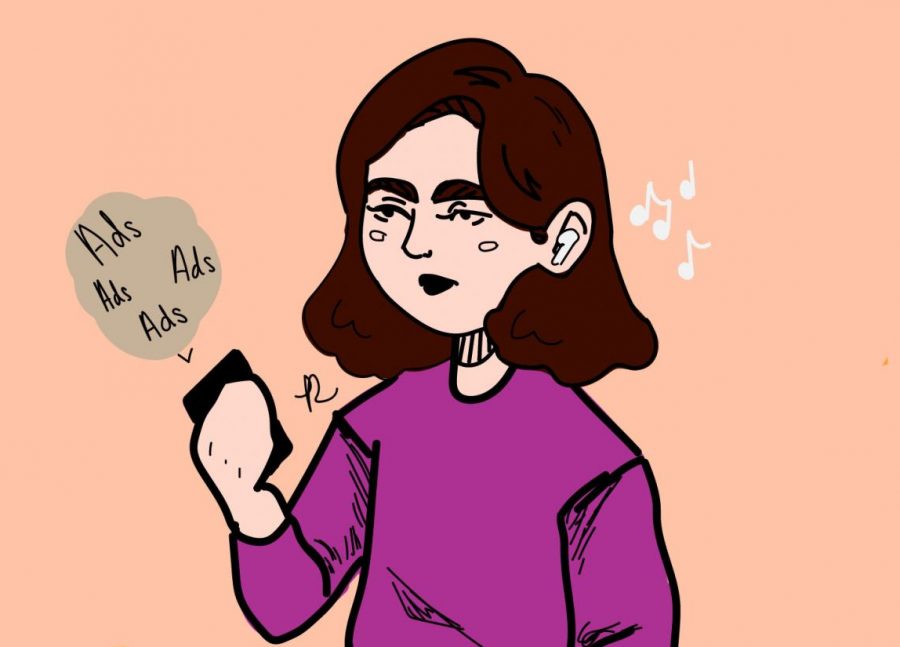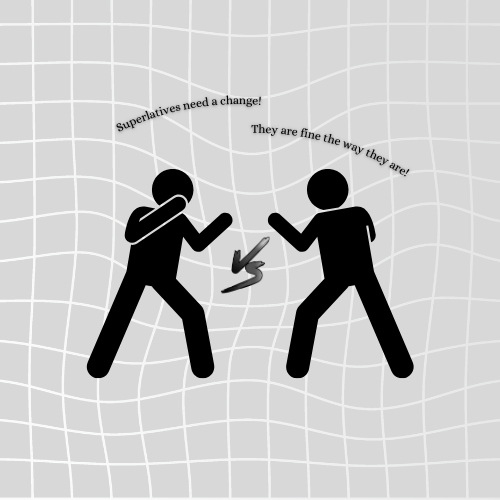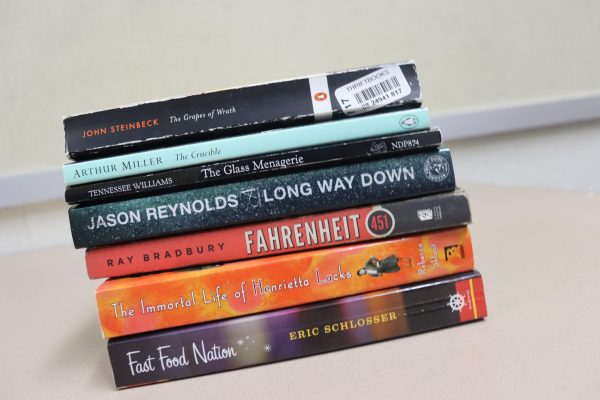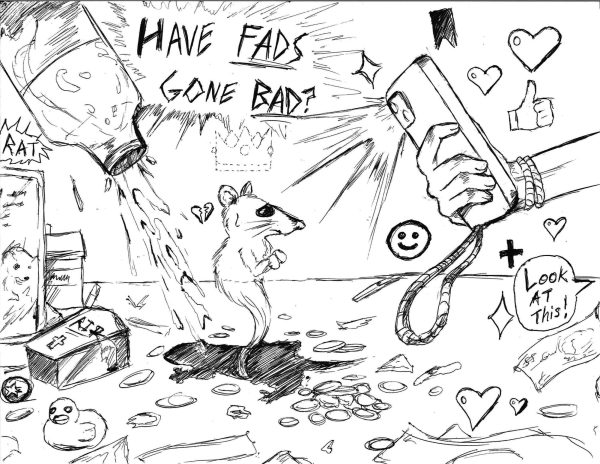Art is not an extra; part of a well-balanced curriculum
November 16, 2020
With the increasing pressure on schools to prepare students for high-stakes tests, and a growing dependence on Google, apps, and technology for quick answers, students’ creativity is endangered.
A creativity crisis is brewing in our schools amongst students. Arts education has been slipping for more than three decades, the result of tight budgets, an ever-growing list of state mandates that have crammed the classroom curriculum, and a public sense that the arts are lovely but not essential. In as little as ten years, it will directly affect all businesses, particularly in marketing and entertainment.
The creative arts are a big part of all our lives; we all have listened to music, seen logos and ads for companies, watched a TV show or a YouTube video. All those things have needed people who work in the creative arts to make it possible.
But the arts have a role in our society that is far more important than merely turning a dollar. Art has always played a vital role in interpreting and understanding people’s lives and expressing how they feel about it.
Art is not an extra; it is an integral part of a well-balanced education curriculum. Incorporating the arts into the curriculum can benefit students by allowing them to be more creative, and it can have some secondary benefits, such as improving student achievement. Students pay more attention in class when it allows them to be more creative and let them engage in more ways than simply answering a question or doing a worksheet.
Instead of treating the arts as separate from other classroom endeavors, it is time to embrace the value for the integration of music, dancing and drawing into traditional subjects like science, math, and language.
Between sports, academic classes, clubs, and creative art classes, none of them are more important than the others in a students’ end goal. In fact, they all matter equally. It is precisely in this brave new world that we cannot afford to be without the arts.










